Description
Archaic Cretan Helmet
The Archaic Cretan helmet is a fascinating piece of ancient armor. It features a Bronze helmet adorned with two long-legged horses worked in repoussé, a technique where the metal is hammered from the reverse side to create a raised design on the front. The horses would have been depicted in a dynamic pose, capturing their movement and emphasizing their powerful nature.
Additionally, the helmet’s cheekpieces are decorated with small engraved lions. These engravings would have been meticulously etched onto the metal surface, showcasing the skill and artistry of the craftsmen who created the helmet. Lions were often associated with strength, courage, and nobility in ancient cultures, so their presence on the helmet would have further added to its symbolism and prestige.
Such helmets were commonly used by warriors and soldiers in ancient Crete during the Archaic period (around the 8th to 6th centuries BCE). They provided protection for the head and face during combat, and their elaborate designs served both functional and decorative purposes. The horses and lions depicted on the helmet may have held specific cultural or religious significance to the people of that time, but without further context, it is challenging to determine their precise meaning.
Archaic Cretan helmets, like the one you described, are valuable artifacts that offer insights into the art, craftsmanship, and military practices of the ancient world. They are also valuable sources for studying the cultural and artistic influences of the time.
Size of Archaic Cretan Helmet
- Ear to Ear: 19 cm
- Front to Back: 23 cm
- Inner Circumference: 67 cm
- Weight: 2.50 Kg (Approx)
- Material: Brass
- Standard Sheet Thickness – 18 Gauge
Some popular Greek Armour
- Corinthian Helmet: The Corinthian helmet was a distinctive type of helmet made of bronze that covered the entire head and neck, leaving only the eyes and mouth exposed. It was popular during the Archaic and Classical periods of ancient Greece.
- Hoplite Armor: Hoplites were heavily armored infantry soldiers of ancient Greece. Their armor typically consisted of a bronze breastplate called a cuirass, greaves to protect the lower legs, a round shield known as a hoplon, and a Corinthian helmet.
- Chalcidian Helmet: The Chalcidian helmet was a variation of the Corinthian helmet, but it had a higher crest and a more open face. It was commonly used by Greek hoplites during the 5th and 4th centuries BCE.
- Thracian Helmet: The Thracian helmet was a helmet style that originated in Thrace but was later adopted by the Greeks. It featured a forward-curving peak that provided protection to the face and neck.
- Boeotian Helmet: The Boeotian helmet was a type of helmet that became popular in the 5th century BCE. It had a distinctive forward-projecting crest and a more open face compared to the Corinthian helmet.
- Linothorax: The linothorax was a type of armor made from layers of linen or fabric that were glued together. It provided effective protection while also being lightweight and flexible. It was commonly worn by Greek soldiers, particularly in the Classical period.
- Aspis Shield: The aspis was the round shield used by hoplites. It was made of wood, covered with a layer of bronze or leather, and featured a central boss for deflecting blows.


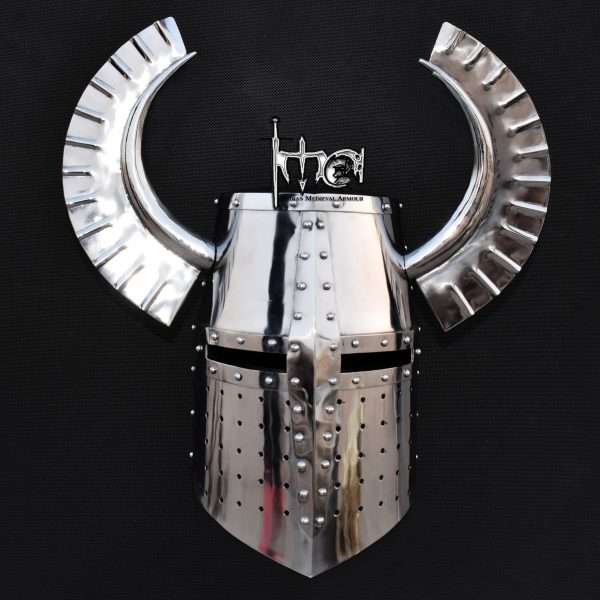

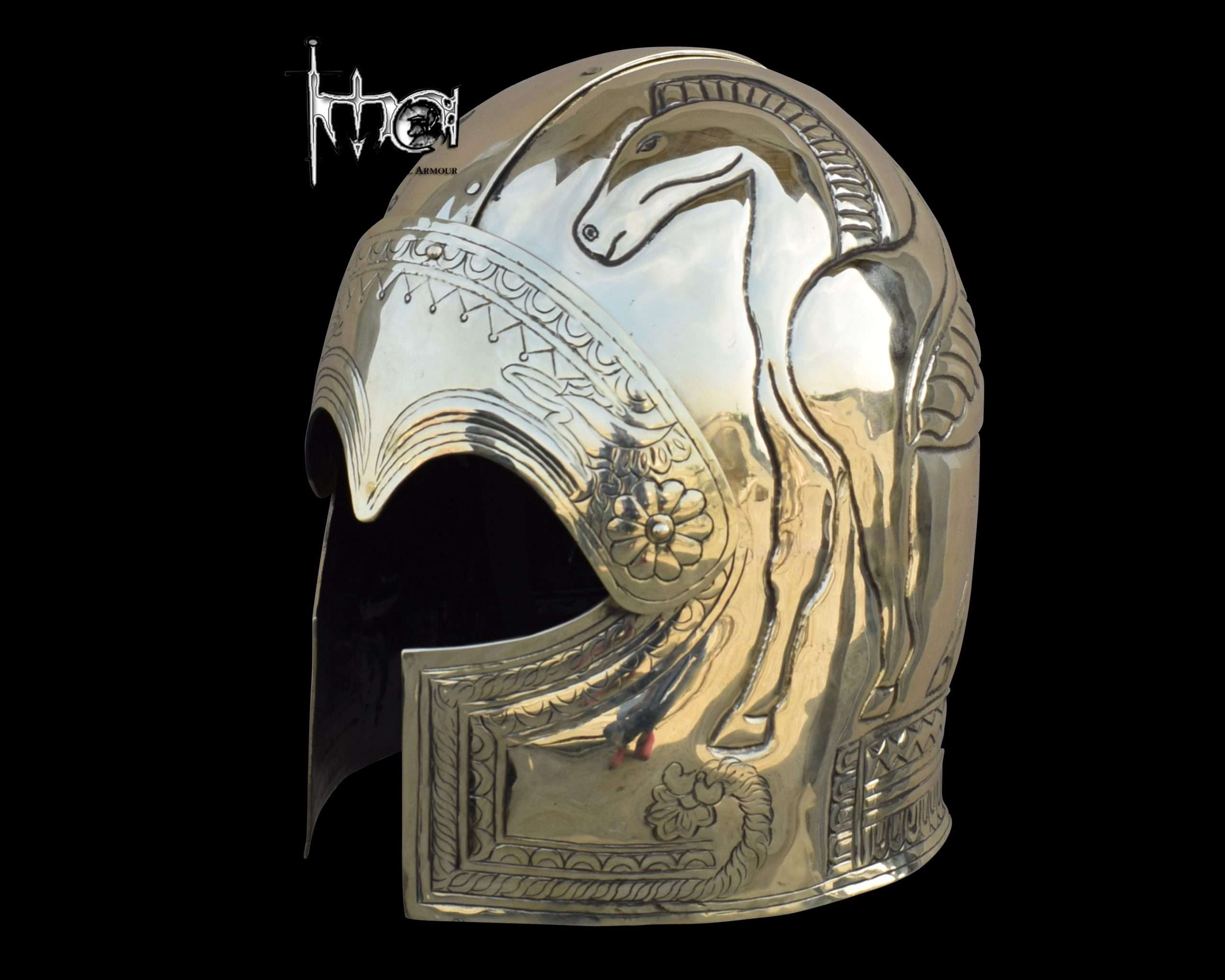
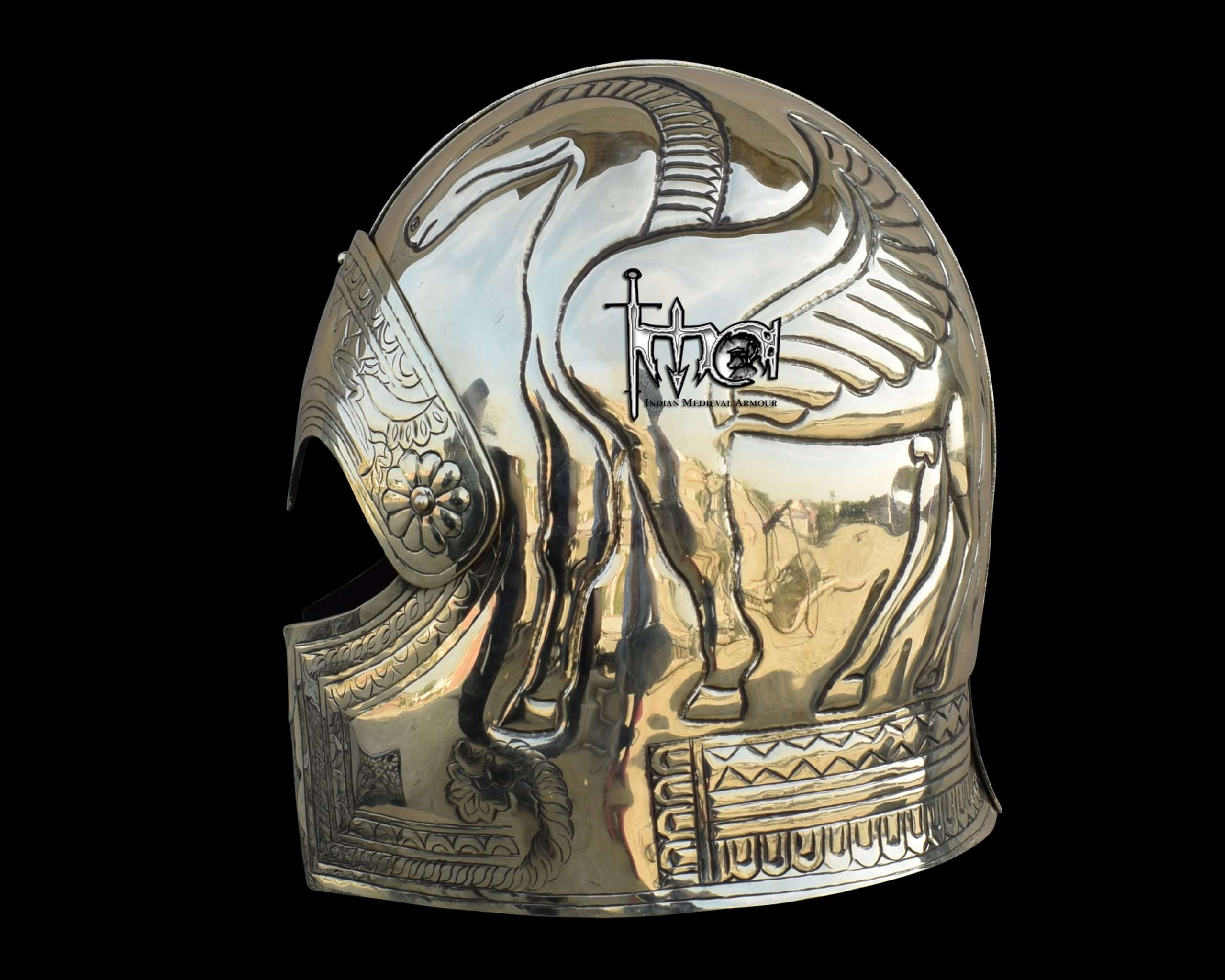
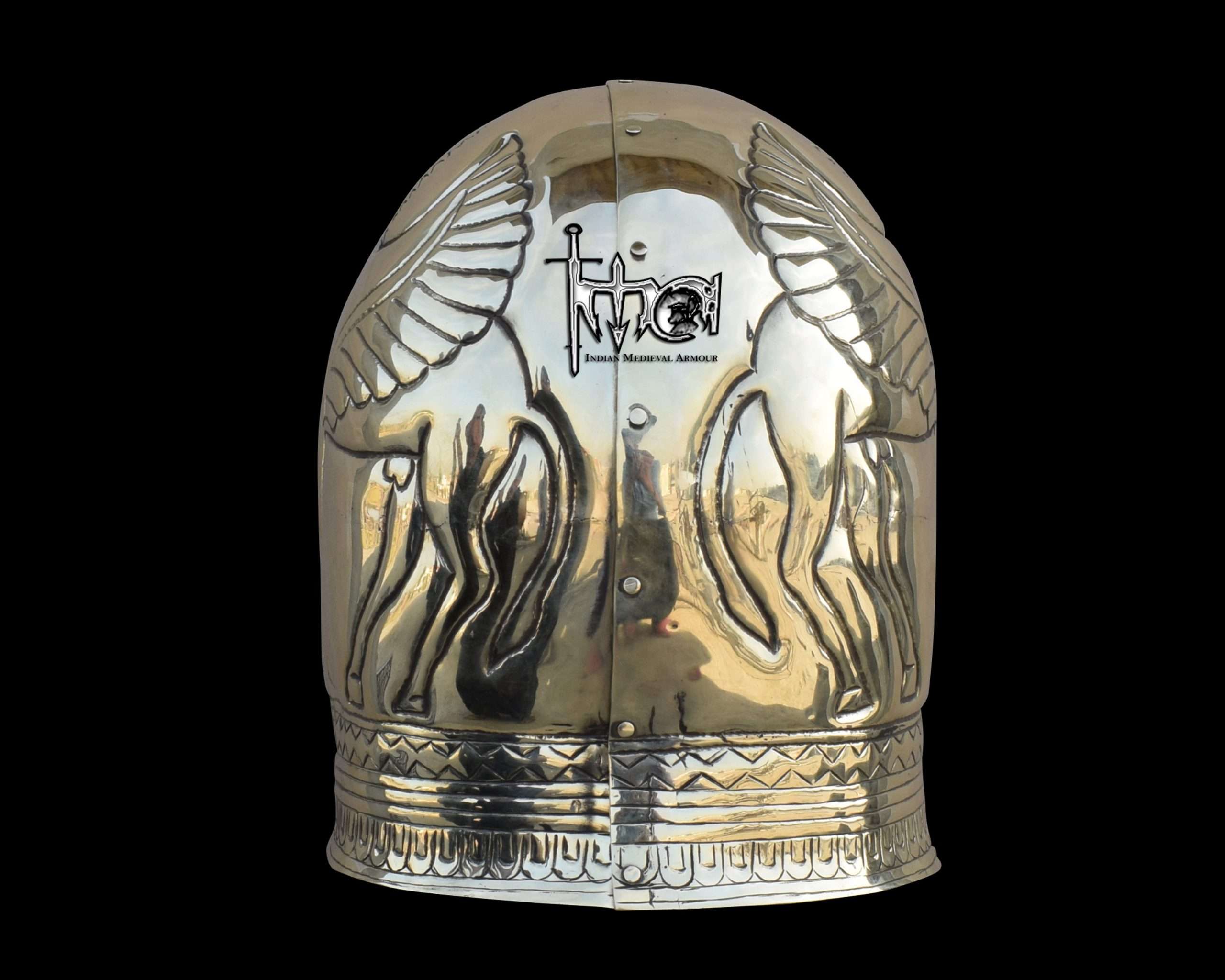
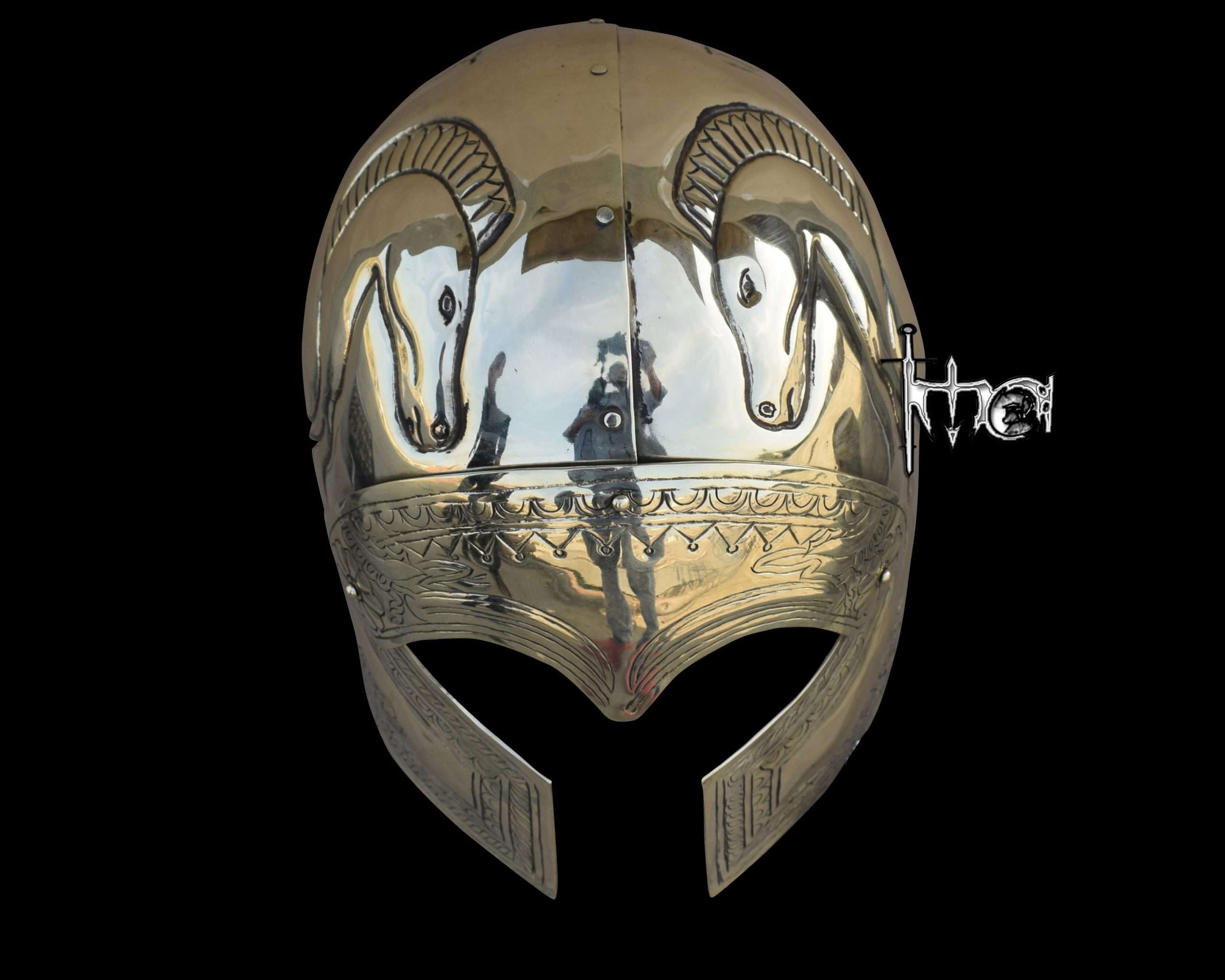
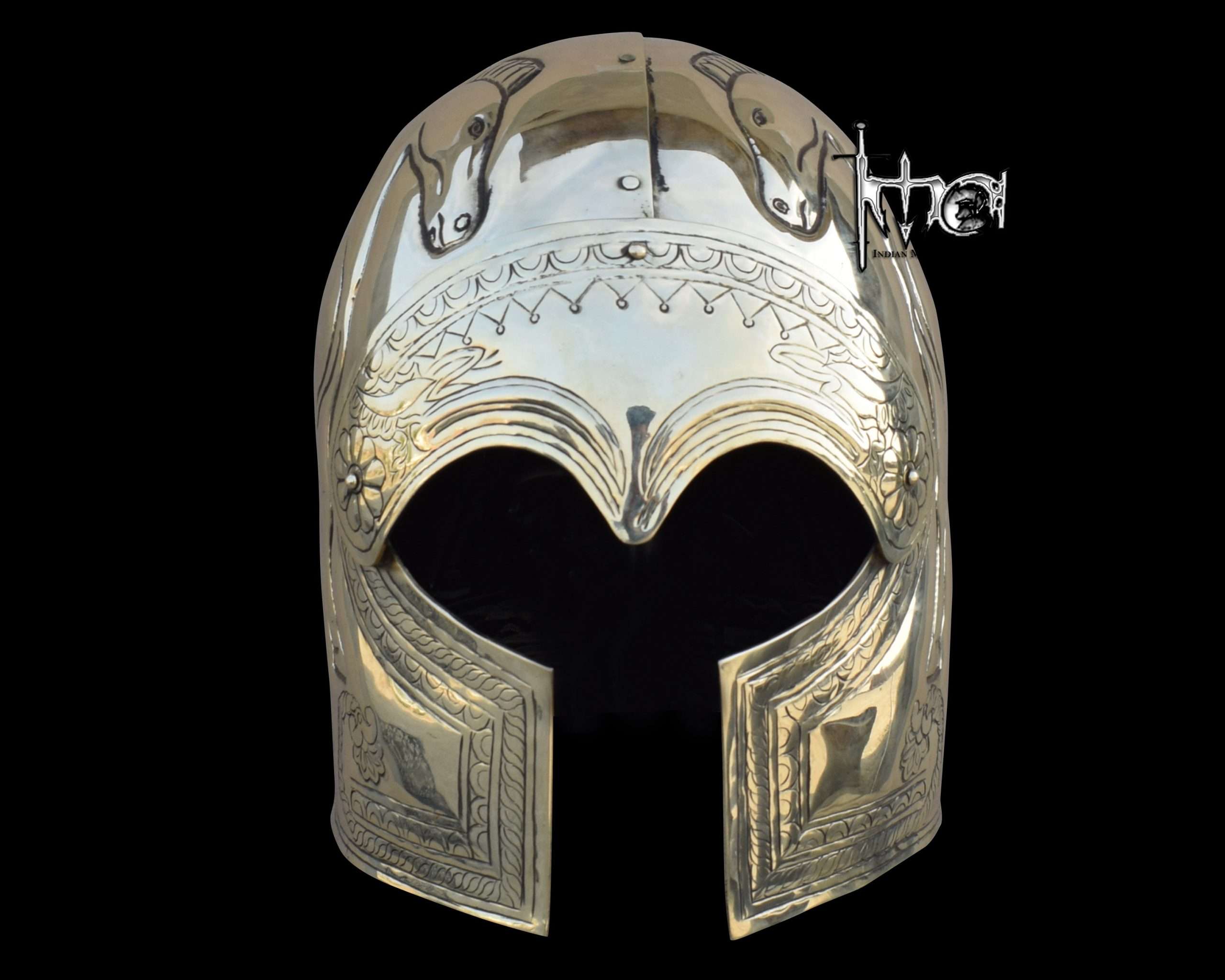


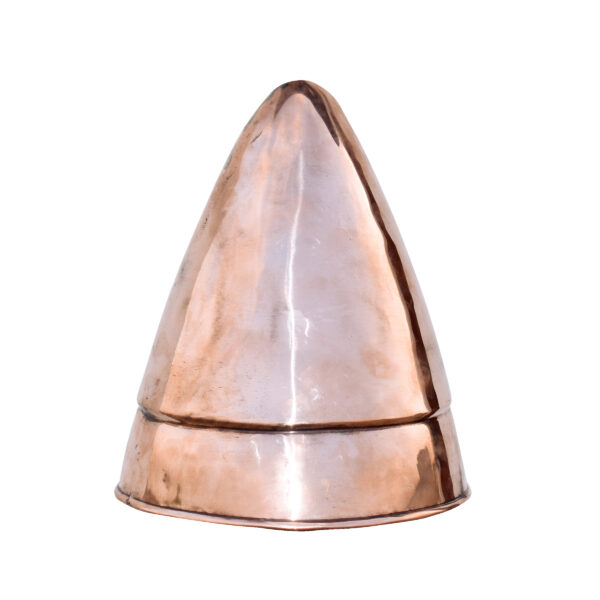
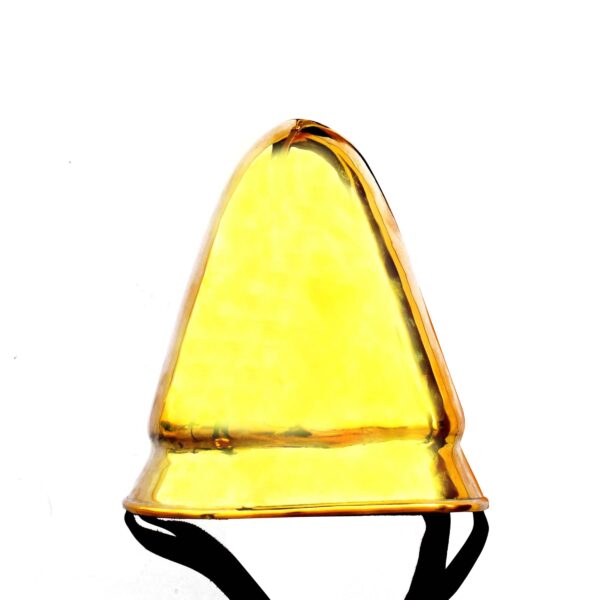
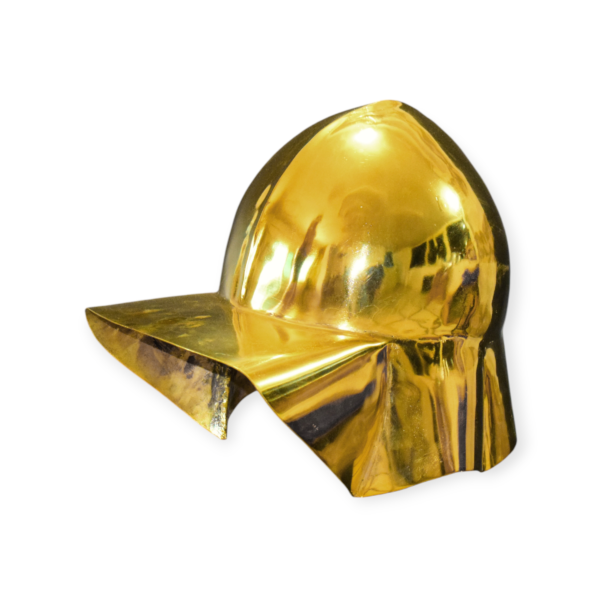





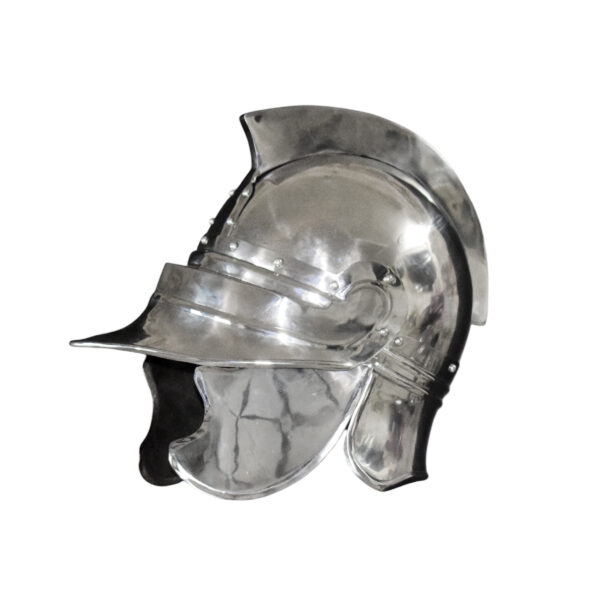

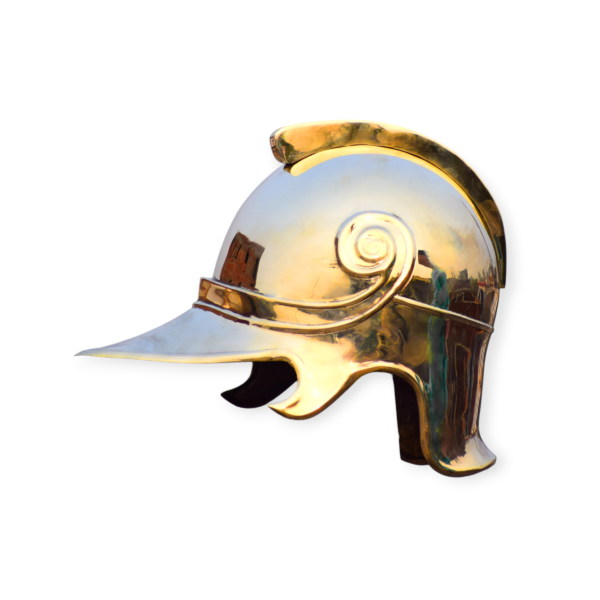









Reviews
There are no reviews yet.